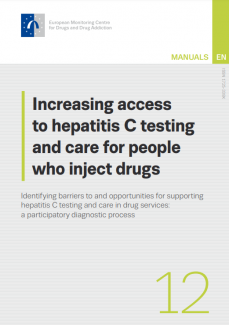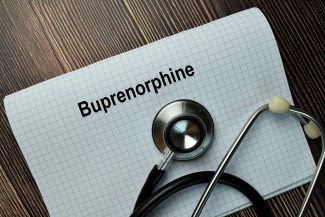Applying interventions designed to reduce and manage the symptoms of substance use disorders.
Treatment
Manual: increasing access to hepatitis C testing and care for people who inject drugs
This manual provides a step-by-step guide for those involved in planning and managing infectious diseases and drug services, focusing on how to identify barriers to and opportunities for improving provision of HCV testing and access to treatment for people who use drugs.

Massive open online course for Brazilian healthcare providers working with substance use disorders: Curriculum design
Abstract Background: Interpersonal and technical skills are required for the care of people living with substance use disorders. Considering the applicability and usability of online courses as continuing professional education initiatives...
Gender disparities in opioid treatment progress in methadone versus counselling
The high dropout rate (75%) in opioid use disorder (OUD) treatment among women and racial/ethnic minorities in the United States necessitates a better knowledge of the factors that contribute to treatment success. While therapy and...

High-dose buprenorphine induction in the emergency department for treatment of opioid use disorder
In response to the rising efficacy of the illicit opioid drug supply and often observed delays in access to follow-up therapy, emergency departments (EDs) occasionally utilize a high-dose buprenorphine induction method for the treatment of...

Words matter: language can reduce mental health and addiction stigma, NIH leaders say
In a perspective published in Neuropsychopharmacology, leaders from the National Institutes of Health address how using appropriate language to describe mental illness and addiction can help to reduce stigma and improve how people with these conditions are treated in health care settings and throughout society.
Variation in brief treatment for substance use disorder: a qualitative investigation of four federally qualified health centres with SBIRT services
Brief treatment (BT) or regular outpatient alcohol use or substance use disorder (SUD) treatment is a key element of the Screening, Brief Intervention, and Referral to Treatment (SBIRT) model. It can be an effective, short-term, and low...
High-dose buprenorphine induction in the emergency department for treatment of opioid use disorder
Abstract Importance: Emergency departments (EDs) sporadically use a high-dose buprenorphine induction strategy for the treatment of opioid use disorder (OUD) in response to the increasing potency of the illicit opioid drug supply and...
Dame Carol Black's Independent Review of Drugs in England
The second part of Dame Carol Black’s Independent Review of Drugs has been published. This report is the second part of a major independent review by Professor Dame Carol Black into the misuse of illegal drugs in England. The first part of...
Substance Use Treatment and Stigma in Afghanistan: Challenges and Solutions
ISSUP Afghanistan are pleased to present their next Webinar which will include an introduction and basic information on the concept of stigma related to substance use treatment and recovery.
